Dinh Q. Lê’s Photo Collage Captured the Experience of Assimilation

A posthumous Dinh Q. Lê survey draws from Elizabeth Leach Gallery’s three-decades working with the artist.
My mother recently reminded me that this April marks 50 years since the end of the Vietnam War. Which also means it’s been 50 years since she, her six siblings, and her parents left Vietnam for America, displaced by the fall of Saigon. I had texted to ask if she knew of the Vietnamese American artist Dinh Q. Lê, who gained international acclaim for his works critiquing the insidious effects of displacement and cultural assimilation. She brushed me off, as she often does when I bring up art, and reminded me she’s a retired accountant—implying the arts belong to a social world beyond her own. Yet when I showed her Lê’s work, she understood it immediately. “The feelings of those who left the country as a result of the war are all so similar,” she told me, “especially for those who grew up half there and half here. We don’t really belong anywhere.”
Lê, who died last April, was best known for his photo weavings. The biggest of these deftly assembled collages—whether displayed in the spacious rooms of MoMA, in New York, or the Musée du quai Branly, in Paris—tower over you, impossible to take in all at once. It’s especially true at the (relatively) compact Elizabeth Leach Gallery here in Portland, which is showing Dinh Q. Lê: A Survey 1995–2023 through April 26. Instead, you’re compelled to scrutinize them up close, admiring their hundreds of tidy strips carefully woven into something between photograph and artisanal object. They combine what, at quick glance, seems like a disparate variety of images: haunting portraits of Khmer Rouge prisoners blend with photographs of Angkor temples and stills from Hollywood war films; tender Vietnamese family photos dissolve into Western logos. Yet there is no definitive point where one image ends and another begins. Truth and fiction collide, but their dissonance makes it quite easy to parse manufactured memory from harsh reality—if you know what you’re looking for.

Lê’s celebrated collages combine found and original photos using a weaving technique he gleaned from Vietnamese grass mats.
The disorientation of assimilation was Lê’s subject, the complicated experience of giving up something you knew, something that was once yours, to something else greater than you. From discrete worlds, he conjured a new chimeric whole.
Lê Quang Dinh, better known to audiences beyond Vietnam as Dinh Q. Lê, was born in 1968 in Hà Tiên, a small town near the Cambodian border in southwestern Vietnam’s Mekong Delta. He immigrated to the US in 1979, after the Khmer Rouge invaded his hometown, eventually studying studio art at University of California, Santa Barbara and photography at the School of Visual Arts in New York. Quickly after graduating, Lê’s work found a global audience, featuring in festivals like the Venice Biennale and documenta and sitting in the collections of the Tate Modern and the Los Angeles County Museum of Art.
“Dinh was very thoughtful, very loyal. Very smart, very special,” Elizabeth Leach told me recently. She was beside him since the early days. Lê lived in Ho Chi Minh City (formerly Saigon) for most of his career, but he spent the better part of the ’90s between New York and LA. A collector introduced him to Leach on a trip to Seattle, and in 1998, she brought his first show after grad school, The Headless Buddha, from Los Angeles to Portland for an encore run. In the nearly three decades since, Lê had eight solo shows at Elizabeth Leach Gallery. As a result, this current exhibition reads more like viewing a devoted patron’s collection than wandering through the grab bag you might expect of a major artist’s survey. Here, lesser-known photographic series and a few sculptures supplement Lê’s signature photo weavings, offering entry points into the breadth of his long career.

Cambodia Reamker #20 (2022), one of several large-scale photo weavings on view at Elizabeth Leach Gallery.
Lê developed his photo weaving technique early and refined it over the decades. His process involved shredding both his own photographs as well as found and archival images before weaving them back together using a method he learned watching his aunt weave grass mats back in Hà Tiên. At first glance, the patterns look like a simple over-under-over-under. But Lê had tricks to cannily manipulate their focus. Cambodia Reamker #20, for example, brings forth the ghostly trace of a Khmer Rouge prisoner whose contours disappear into the checkered weave; a scene from Reamker, Cambodia’s national epic poem, overlays. Quite literally, the piece embeds Khmer Rouge victims into Cambodia’s history.

Dinh Q. Lê: A Survey 1995–2023 features several sculptures and photographic projects in addition to Lê’s better-known collage works.
Throughout his career, Lê used this traditional craft as a bridge to explore the impact of images and the stories they tell. He complicated history by depicting the nuance of how his new homeland digested his former. In his work, the art historian Lucy Lippard once wrote, “Apparent contradictions are transformed into visual ebb and flow, cultural give and take.”
Lippard’s “give and take” is on full display at the Elizabeth Leach show. Combining historical documentation with media-fabricated narratives, Lê calls into question the veracity of memory, positioning it as a moving target depending on who is telling the story. Immolation in Color, a photo weaving from 2002 stretching more than five and a half feet across, combines stills from Apocalypse Now and Born on the Fourth of July, American-made war films set during what’s known in Vietnam as the American War, with an iconic photo of Thích Quảng Đức, the Vietnamese Buddhist monk who protested the persecution of Buddhists by way of self-immolation in 1963. Merging the two, Lê confronts our tendency to sensationalize violence (and, ultimately, desensitize ourselves to it) by getting our history from Hollywood.

Untitled (Self Portrait with Angel), from 1997, is one of the earliest pieces in the show.
In an earlier weaving, Untitled (Self Portrait with Angel), Lê zooms from collective experience to personal. An angel rendered in the European Catholic painting tradition (highlighting his affinity for Western art) contains a photograph of himself. His likeness peers through gaps in the warp that could either be read as a windowpane or bars of a prison cell. It’s unambiguous which culture dominates the picture, but it’s also, more than anything, a poetic visualization of being between places.
That’s to say, as usual, my mother is completely right. A deeply unanchored feeling runs through Lê’s oeuvre. But her response isn’t just about the accuracy of Lê’s emotional capture. Though his work represents elements of her own life, his ideas aren’t limited to the Vietnamese American experience, or a historical moment, or even the broader immigrant experience. Lê’s work reaches past craft techniques, multimedia studio practices, and contemplations common in the identity politics–focused era of contemporary art he came up in. Especially in his photo weavings, the literal enmeshment of multiple cultural experiences through art history and popular culture, from various global and social positions, presents an emerging third space, one that holds both positions without complete assimilation. My mom, I believe, saw the potency in Lê’s work for what it is, the newfound agency it gives to the collective and the individual—who’s starting over, surviving, finding and understanding oneself. His pictures are of a place for people who don’t really belong anywhere.
Share this content:
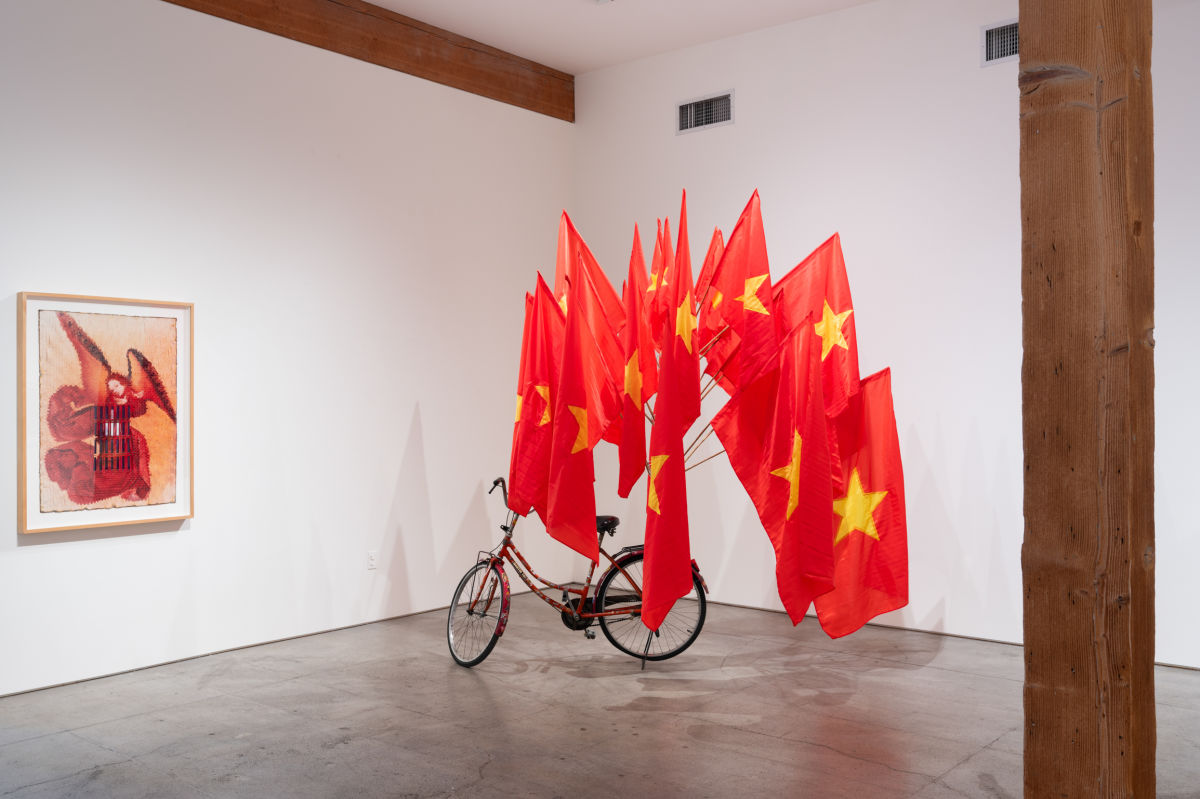



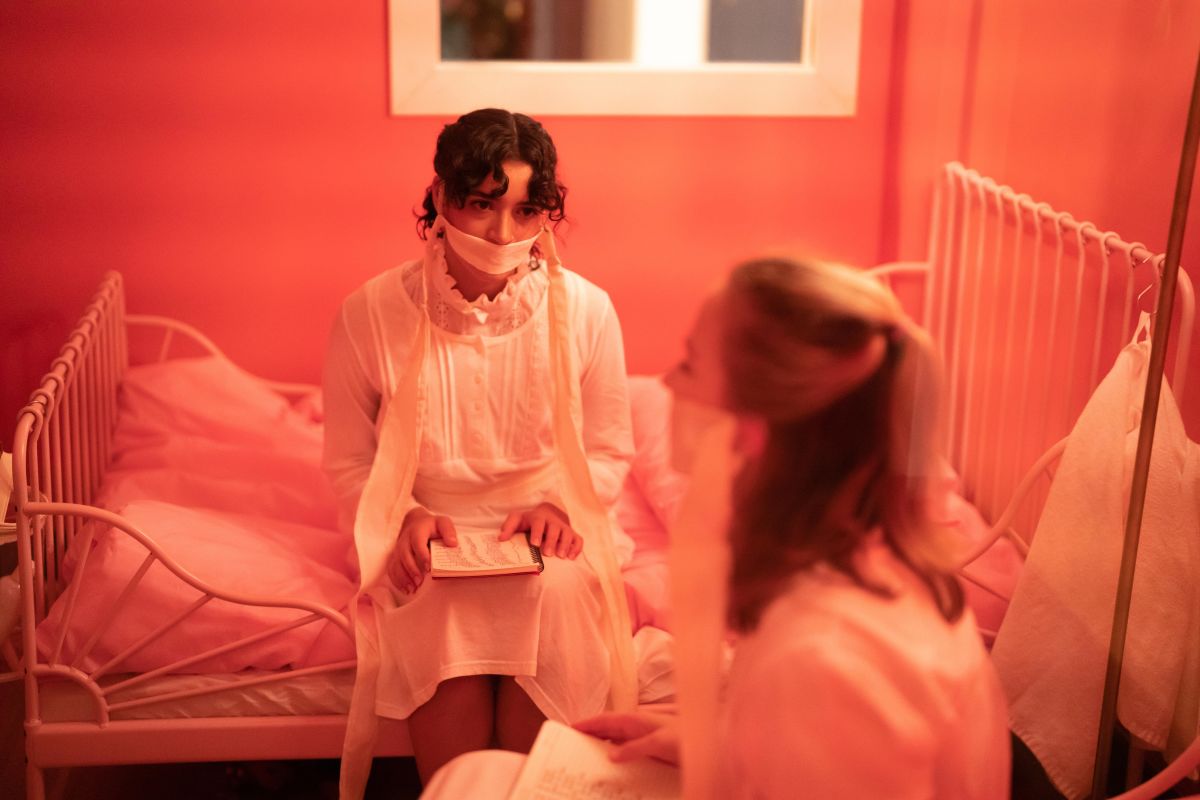

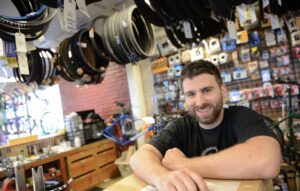





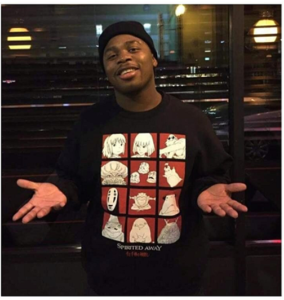
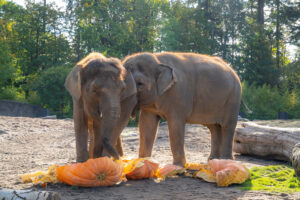
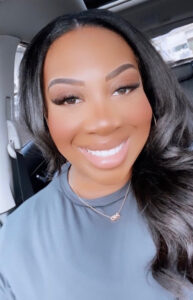
Post Comment